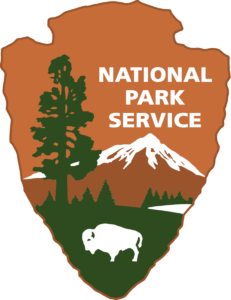About Wild & Scenic

National Park Service
Wild & Scenic Rivers Program
'Wild and Scenic' refers to rivers designated as part of the National Wild and Scenic Rivers System. The National Wild and Scenic Rivers System was created by Congress in 1968 (Public Law 90-542; 16 U.S.C. 1271 et seq.) to preserve certain rivers with outstanding natural, cultural, and recreational values in a free-flowing condition for the enjoyment of present and future generations. The Act is notable for safeguarding the special character of these rivers, while also recognizing the potential for their appropriate use and development. It encourages river management that crosses political boundaries and promotes public participation in developing goals for river protection.
Rivers may be designated by Congress or, if certain requirements are met, the Secretary of the Interior. Each river is administered by either a federal or state agency. Designated segments need not include the entire river and may include tributaries. For federally administered rivers, the designated boundaries generally average one-quarter mile on either bank in the lower 48 states and one-half mile on rivers outside national parks in Alaska in order to protect river-related values.
The Wild & Scenic Eightmile River
The Eightmile River Watershed received designation as a Partnership Wild and Scenic River in 2008. It is managed through the locally-based Eightmile River Wild & Scenic Coordinating Committee (ERWSCC), which receives annual funding through the National Park Service. As part of it's federal designation, the Committee was required to document the outstanding resource values (ORVs) of the river.
It identified six.
For more information on each of the ORVs, including threats and protection measures, please refer to the Study Report and the Watershed Management Plan.
